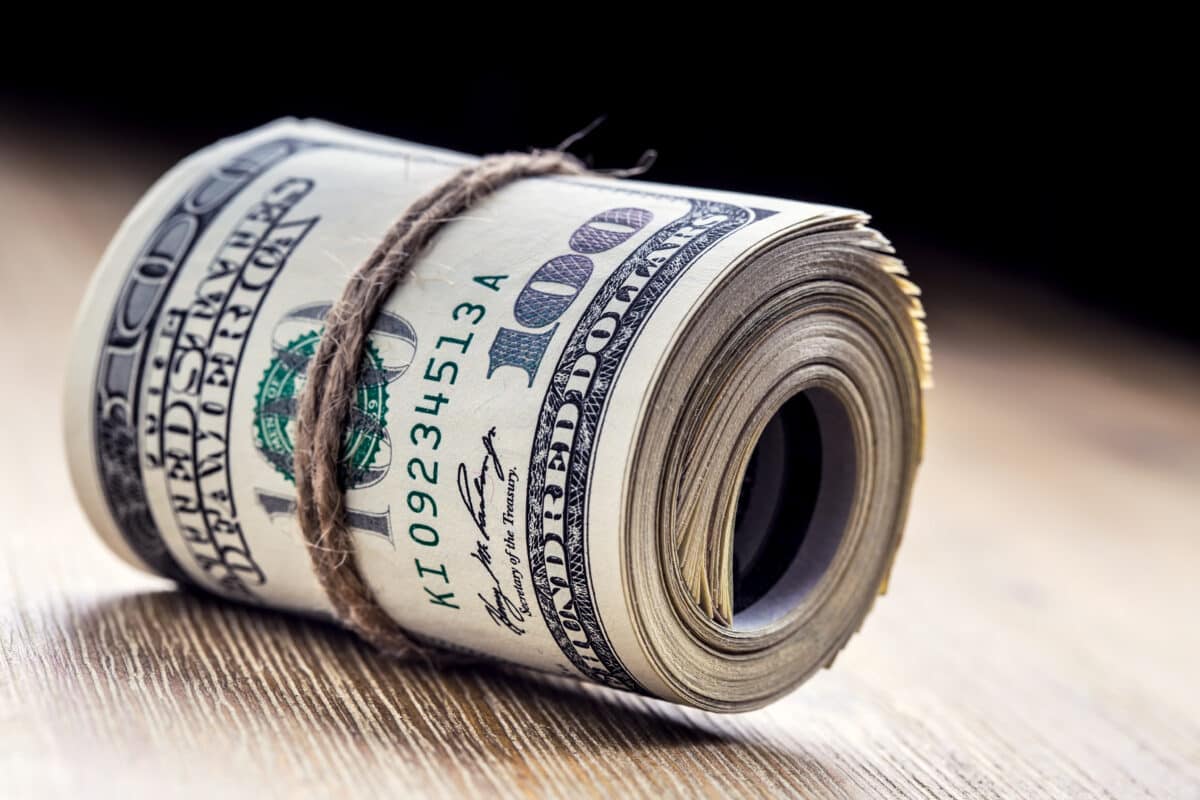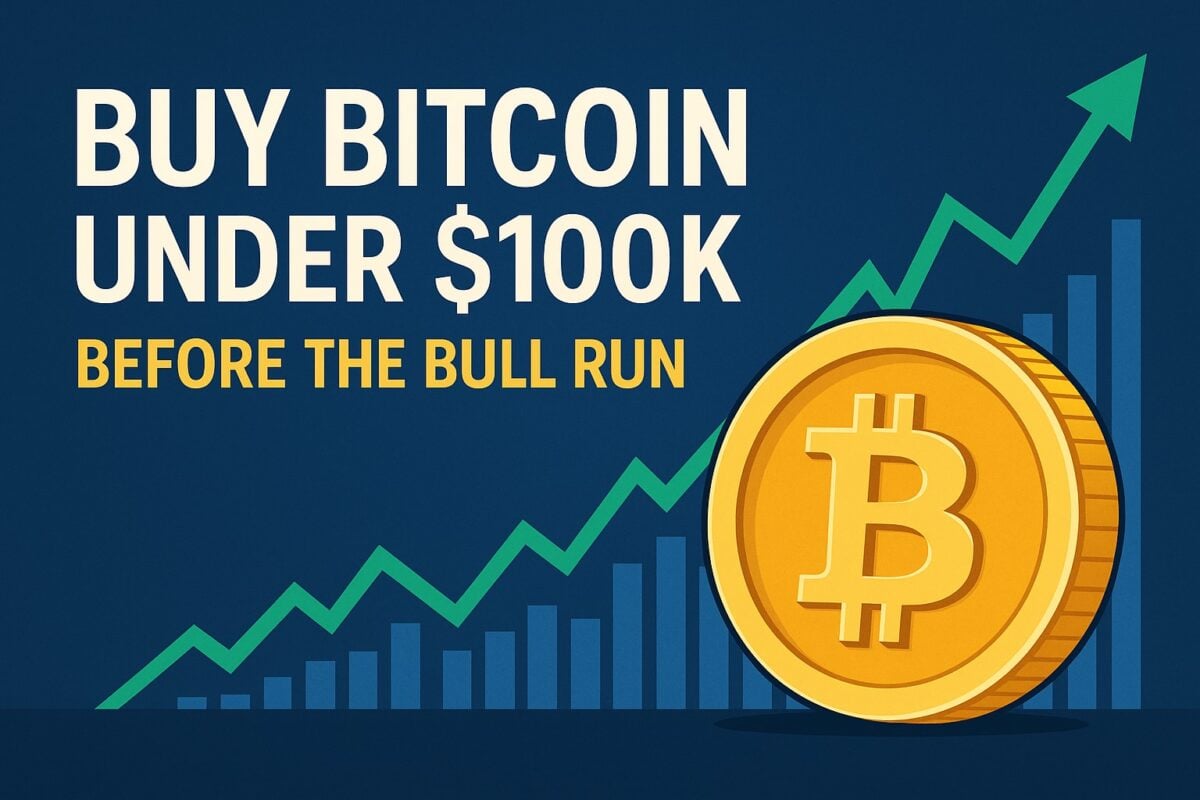Understanding the American Dollar Rate Dynamics as 2023 Ends

Understanding the American Dollar Rate Dynamics as 2023 Ends
As we near the end of the year, the dynamics of the US dollar rate are increasingly influenced by expectations of potential rate cuts by the Federal Reserve. The US dollar, when compared with six major counterparts in the dollar index, is currently at 101.47. This is remarkably close to its five-month low observed last week. In contrast to its previous robust performance, the American dollar has seen a decline of 1.9% in 2023. Market mood is evolving, driven by the likelihood of the Fed reducing interest rates to tackle inflation. With many traders on holiday, the dollar rate is expected to see minimal fluctuations until the start of the New Year.
Market Trends During Holiday Season
The financial market currently focuses on the anticipated Federal Reserve rate cuts. Experts at Monex USA indicate that significant price swings are unlikely for the remainder of this year due to global holidays and minimal economic activities. The market is characterised by thin year-end flows, leading to a climate of uncertainty where traders are cautiously evaluating the US dollar rate.
US Dollar’s Performance and Market Predictions
The dollar’s recent weakness, marking two consecutive months of decline, arises from the market’s anticipation of rate cuts in the upcoming year. The CME FedWatch tool suggests a 79% probability of a rate cut starting in March 2024. This prediction, along with an expected reduction of over 150 basis points in the next year and decreasing inflation rates, fuels the belief in an easing of policies soon. Currency expert Christopher Wong from OCBC in Singapore refers to this situation as a “goldilocks market,” which benefits risk assets. This trend has boosted both the Australian and New Zealand dollars to their highest in five months.
Euro’s Performance in Contrast to the US Dollar
While the American dollar rate is declining, the euro is gaining strength, with only a minor drop of 0.04% at $1.10385. Recently, it reached a four-month high of $1.1045. The euro has risen nearly 3% this year, indicating a potential third consecutive month of gains, showcasing its stability against the fluctuating US dollar rate.
Japanese Yen in the Global Financial Landscape
The Japanese yen, on the other hand, is weakening, currently at 142.58 per dollar, and is heading towards an 8% decline for the year. Nonetheless, there have been instances of strength amid speculations about the Bank of Japan’s policy changes. The central bank’s recent meeting confirmed the continuation of its current policies, sparking discussions about potential future changes in their approach.
As we approach the year’s end, the global financial market is navigating through a period of uncertainty, with a particular focus on the US dollar rate. The interplay of the dollar’s decline, the euro’s rise, and the yen’s fluctuations present a dynamic scenario for traders. The upcoming year promises to be eventful for the US dollar rate, with various factors influencing its trajectory.
The post Understanding the American Dollar Rate Dynamics as 2023 Ends appeared first on FinanceBrokerage.



